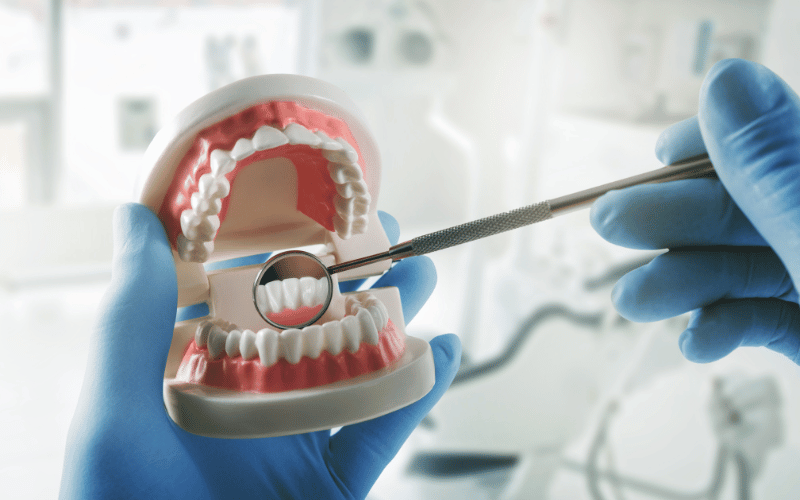6. The Influence of Oral Hygiene on Alveolar Osteitis Development

Maintaining stellar oral hygiene is a cornerstone of dental health, but its role becomes even more critical when it comes to preventing alveolar osteitis. The presence of bacteria in the mouth can significantly impede healing, making rigorous oral care post-extraction a non-negotiable routine.
Brushing with a gentle touch around the extraction site helps keep the area free from food particles and bacterial buildup, which could otherwise invite infection and increase the risk of developing alveolar osteitis. However, it’s a delicate balance to maintain—vigorous brushing can disrupt the clot, whereas a lax approach might leave harmful bacteria to flourish.
Flossing, often an overlooked aspect of oral hygiene, demands a modified approach after an extraction. The adjacent teeth still need the plaque and debris removal that flossing provides, yet the action must be performed with care to avoid disturbing the healing site.
The role of antibacterial mouthwashes becomes prominent in the prevention strategy. When used as directed, they can reduce the microbial load without the mechanical agitation that brushing may cause. These mouthwashes can be allies in the fight against alveolar osteitis, but they’re not a solo act and should be part of a broader oral care regimen.
The dialogue between patient and dental care provider about oral hygiene practices post-extraction is vital. Tailoring the oral hygiene routine to suit the individual’s needs ensures the extraction site gets the care it requires without compromising the overall cleanliness of the oral cavity. (6)